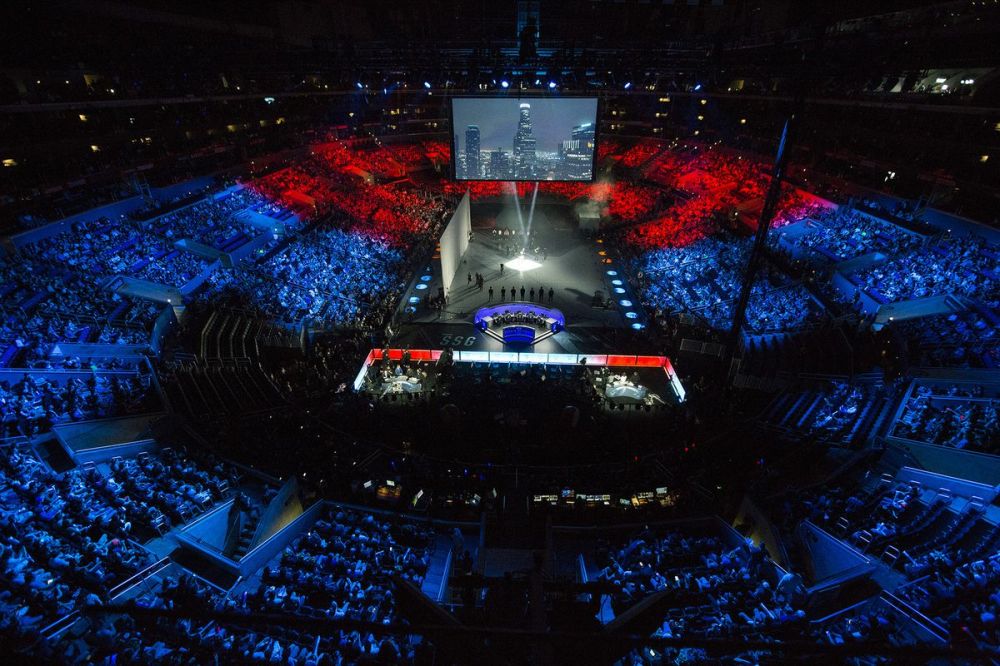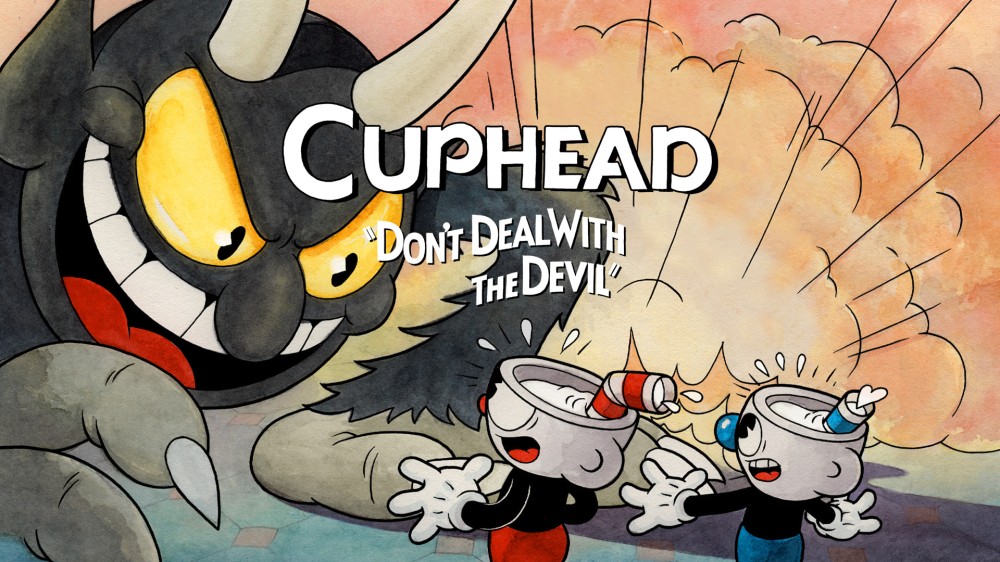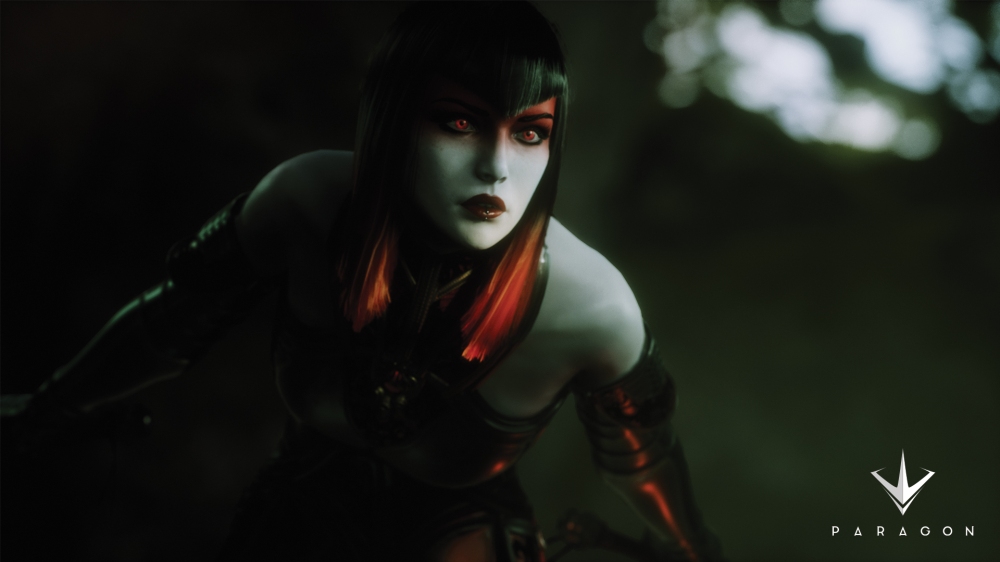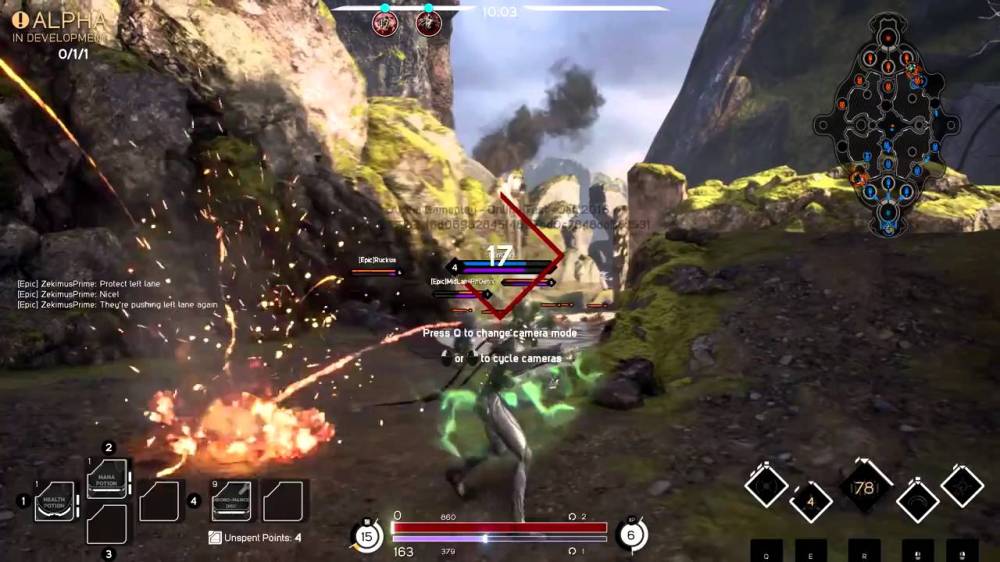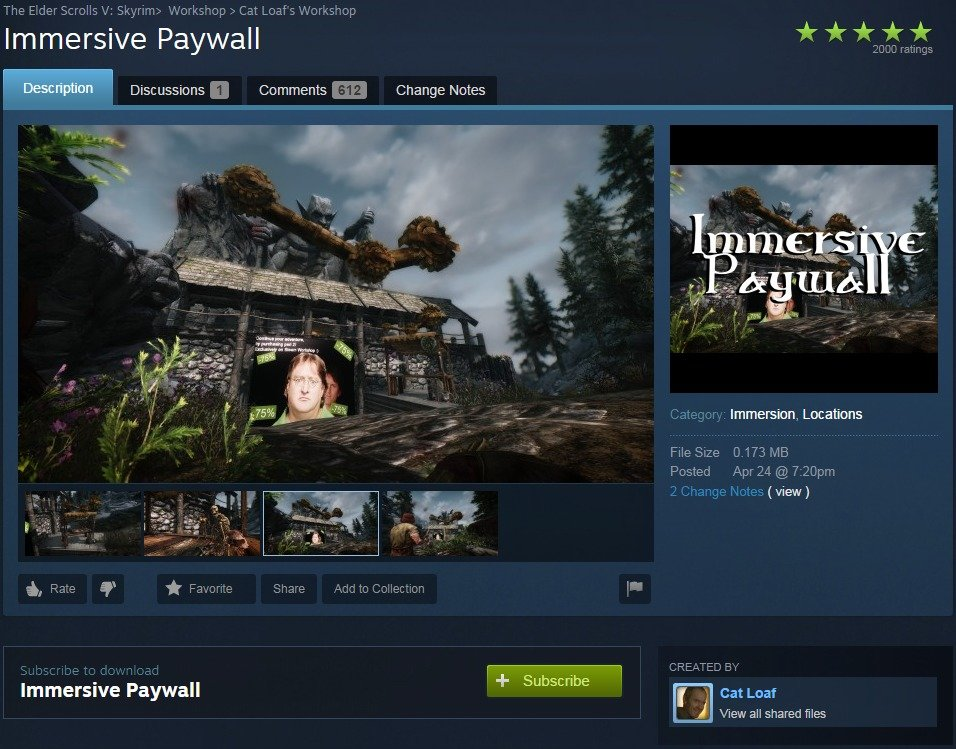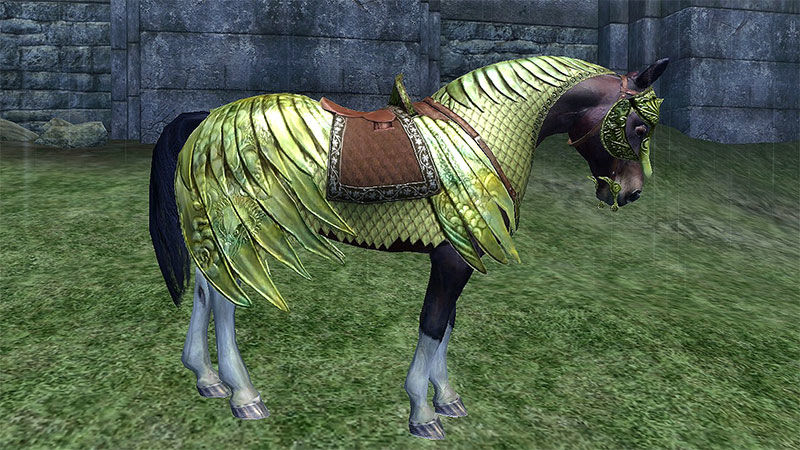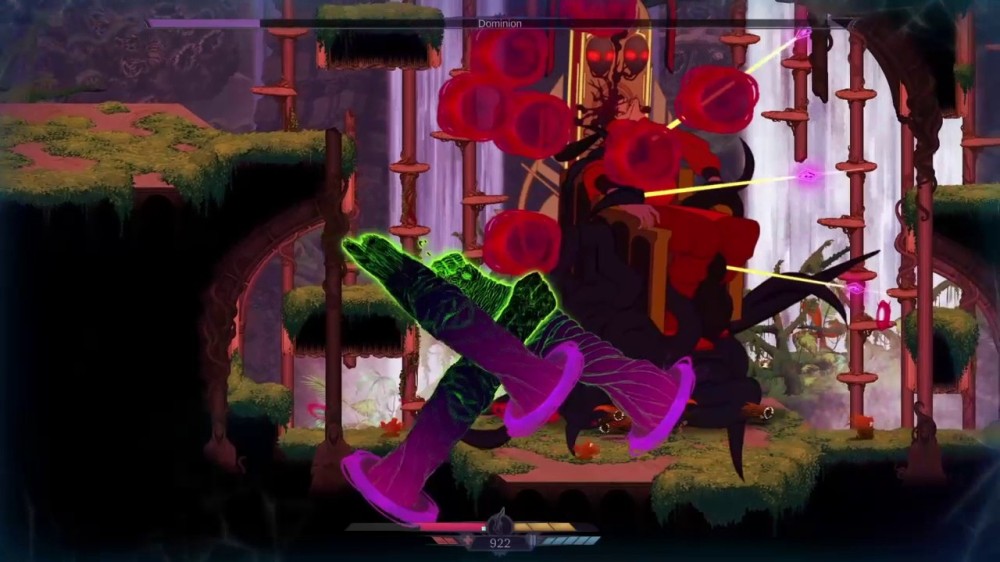I had never heard of Book of Demons prior to the 66% off coupon appearing in my Steam inventory, but I’ve been in a bit of a drought recently with no games managing to satisfy so I figured I’d bite and take the plunge into yet another indie dungeon crawling rogue-like thing.
Unfortunately, the only word I realistically have to describe this one is ‘meh’, and I don’t know whether that’s necessarily the game’s fault or whether I’m simply beyond hope of ever being excited again. Book of Demons is by no means bad, and it’s evident that a lot of work went into its development, but aside from a unique pop-up book aesthetic, it rather ironically fails to stand out. Gameplay consists of wandering dungeons, collecting loot and clicking the approaching enemies until they fall down, repeating either until you reach the end or you get bored and go do something else. So far I’ve only really made use of the fighter and the archer, but with every level being as samey as they are, the mage would need to have some pretty damn special mechanics if I’m going to invest any more into him than this sentence right here.

I think my main issue is just how linear it is for a dungeon crawler; your character explores all these floors, but will only ever walk along the path that was laid out for them in the middle of the room. Monsters have free reign to go where they please, but often times just sort of amble towards you in a semi-threatening manner so that you have just enough time to either back-peddle or tear chunks out of them. It does get pretty dicey every now and then when you’re cornered but a lot of the time a fight either feels too easy or too overwhelming, and not having the ability to move around freely really highlights this. On top of that treasure is unmissable, which really feels like a strange decision. At the top of the screen is a checklist of all the points of interest that litter the floor, and twinkles taken straight out of the original Spyro will lead you to any coins you’ve missed. This isn’t exploration, this is filling in paperwork and having pop-up skeletal archers spring towards me doesn’t make it any less monotonous.
Weapons and armour show up in the form of cards that are equipped to your hotbar for easy access; red cards represent one time use items, such as potions; blue ones are spells that can be used repeatedly, but consume mana; and green cards are artifacts which grant special bonuses at the cost of reducing your mana pool. I really like this system, as it allows me to play in the way that feels most natural for me. With my warrior, I want to focus on being able to devastate with my basic attacks (usually because I have a cup of tea in my other hand), so any mana I decide to level into goes towards filling out my inventory with the unique tools of murder I’ve been discovering. My archer feels a little more fragile, so many of my card slots are devoted to getting me out of trouble at the cost of that sweet blue liquid. The system itself is fantastic so I’m hoping that at some point it’ll be repurposed for something less… on rails. Character customisation is absent, and although I’m still disappointed I can’t fault the developers for it: they are an indie company after all, and as they stated in a forum post, focusing on small customizables would eat up a whole lot of resources. What I would have liked to see, is a little more emphasis on who my characters are. Either let me make my heroes or give me a reason to care about yours, because otherwise I’m just playing with a cardboard cut-out.

This is one of those tragedies that really feels undeserved. The developers clearly put a lot of time and effort into Book of Demons, but love isn’t enough to generate a compelling experience. The linearity of every level quickly gives way to a monotony that does nothing but aggravate my already overwhelming despondency for gaming, and although I might play for a little bit more to see what artifacts and builds are available, I’m unlikely to stick around unless there are some major updates to make this thing interesting. With that said, Book of Demons is supposed to be one of seven titles making up the ‘Paperverse’, with this particular game being a love letter to the hack ‘n’ slash dungeon crawling family Diablo hails from. Presumably, there are six more games on the way each representing a different genre from a bygone age, and I’m willing to bet there will be just as much affection poured into each one. If the developers can listen to criticisms and take opinions on board, I reckon they’ll do a stellar job.
Book of Demons is a good attempt at approaching a well-defined genre from a new angle, but falls almost as flat as the character models. I probably wouldn’t recommend picking this one up as it stands, but updates have been promised even coming out of early access, so maybe keep this one on your radar.

